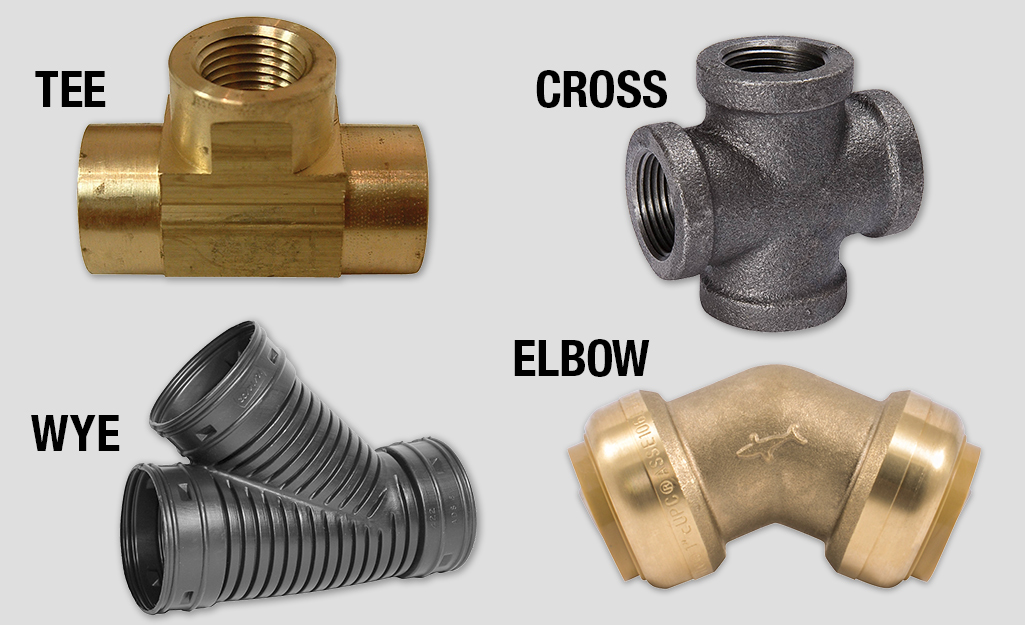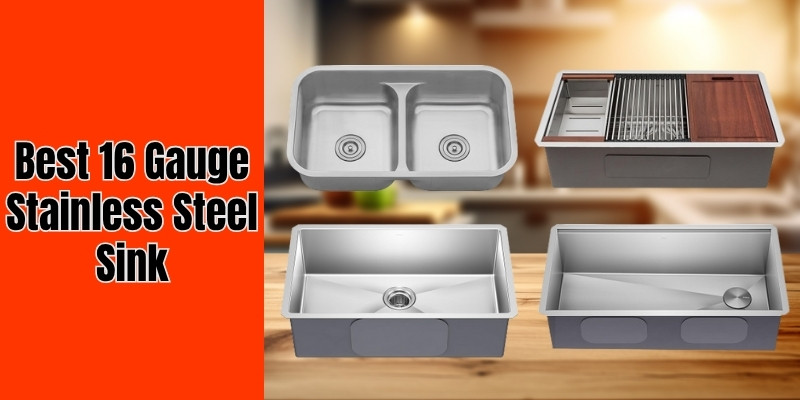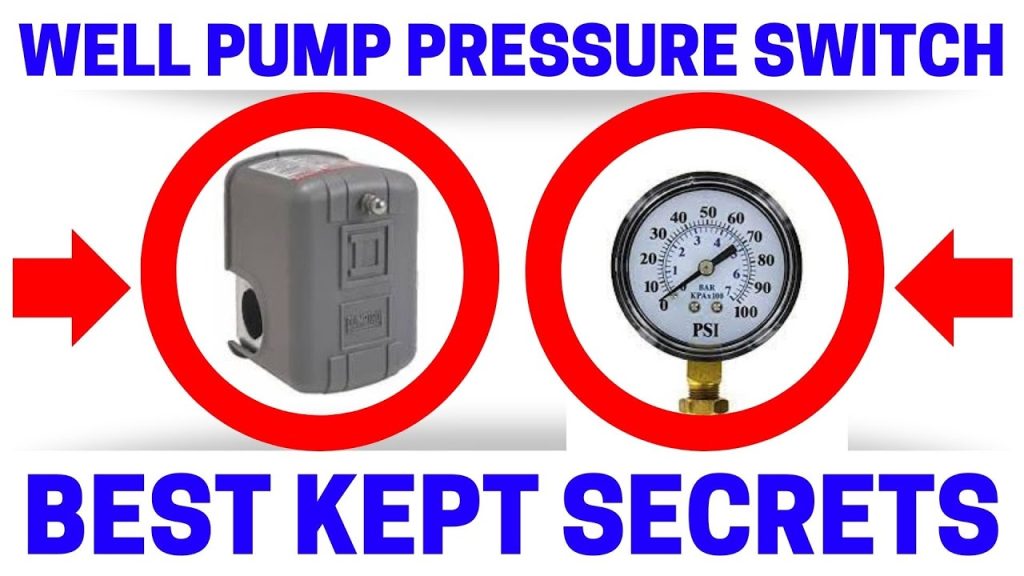Disclosure: This post contains affiliate links and I will be compensated if you make a purchase after clicking through my links. Learn More
When you’re tackling a plumbing project, the right tools can make all the difference. Imagine having a leaky faucet or a clogged drain and not knowing which tool to use.
Frustrating, right? Whether you’re a DIY enthusiast or a homeowner wanting to handle minor repairs, understanding the types of plumbing tools is essential. In this guide, you’ll discover the must-have tools that can save you time, money, and a lot of headaches.
You don’t have to be a professional plumber to make effective repairs; sometimes, all you need is the right tool in your hand. Curious to know which tools can transform your plumbing challenges into easy fixes? Keep reading to arm yourself with the knowledge that will empower you in your next plumbing task.
Basic Plumbing Tools
Whether you’re tackling a minor leak or embarking on a major renovation, basic plumbing tools are essential for any homeowner or DIY enthusiast. These tools not only make tasks easier but also ensure that they are done right. Imagine saving a hefty plumber’s bill simply because you have the right tools at your disposal. Let’s dive into some of these fundamental tools and see how they can simplify your plumbing projects.
Wrenches
Wrenches are the backbone of plumbing work. The adjustable wrench, often referred to as a crescent wrench, allows you to tighten or loosen nuts and bolts with ease. Think of it as your trusty companion when fixing a leaking faucet or connecting pipes.
Pipe wrenches, on the other hand, are designed specifically for plumbing tasks. Their serrated jaws grip pipes tightly, making them ideal for turning threaded pipe and pipe fittings. With a pipe wrench in hand, you can tackle stubborn pipes without breaking a sweat.
Plungers
A plunger is arguably the most recognizable plumbing tool. Perfect for unclogging toilets and sinks, it works by creating a vacuum that helps dislodge blockages. Keep one handy in your bathroom for those unexpected clogs.
Did you know there are different types of plungers? The classic cup plunger is great for sinks, while the flange plunger is designed for toilets. Knowing which to use can save you time and frustration.
Pipe Cutters
Pipe cutters are essential for cutting through pipes cleanly and efficiently. Whether you’re installing new plumbing or replacing old pipes, having a pipe cutter ensures precise cuts every time.
There are manual pipe cutters and more advanced ratcheting models. The manual type works well for copper and plastic pipes, while ratcheting cutters handle tougher materials like steel. Choosing the right one depends on your specific needs.
So, which tool do you think you’ll reach for first in your next plumbing project? Having these basic tools at your fingertips empowers you to tackle those tasks with confidence. Remember, the right tools not only make the job easier but also ensure it’s done correctly. Next time you face a plumbing challenge, you’ll know exactly what to do.
Advanced Plumbing Tools
Advanced plumbing tools simplify complex tasks. They boost efficiency and precision. Professionals rely on these tools for challenging projects. Discover key advanced tools below.
Pipe Benders
Pipe benders shape pipes smoothly. They ensure perfect curves and bends. Metal pipes require specific bending angles. Adjustable pipe benders handle various pipe sizes. This tool reduces pipe installation time.
Press Tools
Press tools connect pipes securely. They use pressure for tight seals. This technique avoids soldering and welding. Battery-operated models offer mobility. Press tools speed up installation jobs.
Inspection Cameras
Inspection cameras explore hidden spaces. They identify blockages and leaks. Plumbers see inside pipes without disassembly. Real-time visuals help diagnose issues. Inspection cameras enhance repair accuracy.
Safety Equipment
Plumbing tools like pipe wrenches, pliers, and plungers keep tasks efficient and safe. Each tool serves a unique purpose. Safety equipment, including gloves and goggles, protects against hazards. Choose the right tools to ensure plumbing projects are completed smoothly and securely.
When tackling plumbing projects, safety equipment is essential. Proper safety gear not only protects you but also boosts your confidence during challenging tasks. Overlooking safety can lead to unnecessary injuries or setbacks, so it’s crucial to prioritize it.
Gloves
Gloves are a must-have for any plumbing job. They protect your hands from sharp objects, hot surfaces, and hazardous chemicals. Imagine handling a pipe with jagged edges without gloves—it’s a recipe for disaster. Opt for gloves that fit well and offer a good grip. This ensures precision while working and minimizes accidents.
Safety Glasses
Your eyes are invaluable. Safety glasses shield them from flying debris and harmful splashes. A sudden burst of water or a splinter from a PVC pipe can cause serious injury. Clear visibility is key, so choose glasses that are anti-fog and provide a wide field of vision.
Protective Clothing
Wearing the right clothing is more than just about comfort. Protective clothing acts as a barrier against spills, cuts, and burns. You don’t want to ruin your favorite shirt with a permanent stain or, worse, get injured. Consider investing in a durable coverall or apron designed for heavy-duty work. It’s a small investment for peace of mind.
Have you ever been in a situation where you thought, “I should have worn my safety gear”? Share your experiences in the comments. Staying safe is smart, and being prepared is the best way to work confidently. Always equip yourself properly and make your plumbing tasks not only successful but also secure.

Credit: www.pinterest.com
Measuring And Detection Tools
Plumbing requires precise tools for measuring and detecting issues. Tape measures and pipe locators are essential for accurate installations. These tools help ensure safety and efficiency in plumbing projects.
When it comes to plumbing, having the right tools is more than just a convenience—it’s a necessity. Among these, measuring and detection tools play a crucial role. These tools ensure precision and prevent costly mistakes.
They can save you both time and money in the long run. But what tools should you have in your plumbing arsenal? Let’s explore some of the most essential measuring and detection tools every plumber should consider.
Tape Measures
A tape measure might seem basic, but it’s a plumber’s best friend. Measuring pipes and spaces accurately is essential for a successful plumbing job. A slight miscalculation can lead to significant issues down the line.
You wouldn’t want to cut a pipe too short and waste valuable materials, right? Investing in a durable, retractable tape measure ensures you have the precision you need. Look for one with a locking mechanism to make your work easier.
Water Pressure Gauges
Have you ever turned on a tap, only to be hit with a weak trickle of water? That’s where a water pressure gauge comes in. These tools help you assess the pressure levels in your plumbing system.
Maintaining the right water pressure ensures efficiency and prevents damage to pipes and appliances. A water pressure gauge is easy to use and provides instant readings. If you suspect low water pressure, this tool can confirm your suspicions and guide you to a solution.
Leak Detectors
Leaks can be sneaky, causing damage before you even realize there’s a problem. Leak detectors are essential for identifying hidden leaks in your plumbing system. There are various types of leak detectors, from electronic devices to simple dye tablets. Both can help you locate leaks quickly and accurately.
Regular use of leak detectors can prevent water damage, saving you headaches and repair costs. Do you want to avoid the nightmare of a flooded home? Adding a leak detector to your toolkit is a wise decision.
Incorporating these measuring and detection tools into your plumbing routine can make a significant difference. They offer precision, efficiency, and peace of mind, ensuring your plumbing projects run smoothly. So, which tool will you add to your collection first?
Cleaning And Maintenance Tools
Cleaning and maintenance tools are essential in plumbing. They ensure pipes and drains function smoothly. These tools help remove blockages and maintain hygiene. Proper upkeep prevents costly repairs. Regular maintenance keeps the plumbing system efficient. Let’s explore some key tools used for cleaning and maintenance.
Drain Snakes
Drain snakes are flexible tools for clearing clogs. They reach deep into pipes. Snakes remove hair, food, and other debris. They come in various lengths and sizes. Ideal for sinks, showers, and bathtubs. Easy to use and very effective. Drain snakes are a must-have for every plumber.
Pipe Brushes
Pipe brushes scrub the inside of pipes. They remove build-up and residue. Brushes come in different sizes. They fit various pipe diameters. Pipe brushes ensure clean and clear pipes. Regular use prevents blockages. They are simple yet powerful tools.
Chemical Cleaners
Chemical cleaners dissolve clogs and remove grime. They are poured directly into drains. Chemicals break down tough blockages. Suitable for grease and organic matter. Use them with caution. Follow the instructions carefully. They provide a quick solution for stubborn clogs.
Power Tools For Plumbing
Power tools have transformed the plumbing world, making tasks faster and more efficient. They are essential for tackling tough jobs that manual tools can’t handle. Whether you’re a professional plumber or a DIY enthusiast, these tools can save you time and effort.
Drills
Drills are indispensable in plumbing for creating holes in pipes, walls, and floors. They come in various sizes and power levels. A cordless drill offers flexibility, allowing you to work in tight spaces without worrying about cords. Imagine trying to install a pipe in a cramped cabinet.
A cordless drill makes it possible without the hassle of maneuvering a cord. Ensure your drill has adjustable speed settings; it gives you control over precision and prevents damage to materials.
Reciprocating Saws
Reciprocating saws are perfect for cutting through tough materials like metal and PVC pipes. Their back-and-forth motion provides a powerful cutting action. Picture yourself needing to remove an old, rusted pipe from a bathroom renovation.
A reciprocating saw can slice through it with ease. The blades are replaceable, allowing you to switch depending on the material you’re cutting. Choose a saw with variable speed settings for better control.
Cordless Screwdrivers
Cordless screwdrivers are a must-have for assembling and disassembling plumbing fixtures. They save you from the tedious work of manual screwing. Imagine installing a new faucet; a cordless screwdriver speeds up the process, allowing you to focus on accuracy.
Look for models with a long battery life to keep your projects moving without interruptions. Are you ready to upgrade your toolkit with a cordless screwdriver? It might just be the tool you never knew you needed.
Each of these power tools brings unique benefits to your plumbing tasks. By investing in the right equipment, you can simplify jobs and improve results. What power tool do you think would transform your plumbing projects?
Specialized Plumbing Tools
Plumbing isn’t just about fixing leaks or unclogging drains; it’s an intricate craft requiring specialized tools to address specific challenges. These specialized plumbing tools are the unsung heroes that make a plumber’s job efficient and precise.
Imagine trying to repair a pipe without the right equipment—frustrating, right? Using the right specialized tools can make the difference between a simple fix and a day-long struggle. So, let’s dive into some essential tools that every plumber or DIY enthusiast should be familiar with.
Flaring Tools
Flaring tools are essential for creating a flared end on a pipe, typically used for soft materials like copper. This process ensures a snug fit for connections, preventing leaks and enhancing the durability of your plumbing system.
Have you ever tried connecting pipes without them? It can be quite the challenge. Flaring tools provide the precision needed, especially when working on gas lines. Next time you tackle a plumbing project, think about how these tools can streamline your work.
Crimping Tools
Crimping tools are crucial for securing fittings on pipes. They compress the material around the fitting, ensuring a tight seal. This tool is a favorite for those working with PEX piping, popular in modern plumbing due to its flexibility.
If you’ve ever struggled with leaky fittings, crimping tools could be your solution. They offer reliability and ease, making them indispensable in your plumbing toolkit. Can you imagine the frustration of a leaky pipe due to improper fittings?
Tubing Cutters
Tubing cutters are vital for cutting pipes cleanly and accurately. Unlike hacksaws, they provide a smooth cut that doesn’t deform the pipe, ensuring a perfect fit for connections. These cutters are ideal for copper and plastic pipes, allowing for quick adjustments without the hassle.
Picture the ease of cutting through a pipe in seconds, ready to be fitted. Have you tried using a hacksaw only to end up with jagged edges? Tubing cutters save time and reduce errors, making them a must-have.
What specialized plumbing tool have you found indispensable in your projects? The right tool not only simplifies your work but also adds a level of professionalism to your DIY efforts.

Credit: www.homedepot.com
Frequently Asked Questions
What Are Essential Plumbing Tools For Beginners?
Beginners should have a pipe wrench, plunger, and adjustable wrench. These tools handle most basic plumbing tasks.
How Do Pipe Wrenches Differ From Other Wrenches?
Pipe wrenches have serrated jaws for gripping pipes securely. Unlike other wrenches, they adjust easily for varied pipe sizes.
Why Is A Plunger Important In Plumbing?
A plunger helps clear clogged drains and toilets. It uses suction and pressure to dislodge blockages effectively.
Which Plumbing Tools Are Used For Cutting Pipes?
Pipe cutters and hacksaws are ideal for cutting pipes. They ensure clean and precise cuts for seamless connections.
Final Words
Understanding the different Types Of Plumbing Tools can make home repairs easier and more efficient. Each tool has a specific function, from pipe wrenches to plungers, that helps solve common plumbing issues. With the right tools and knowledge, you can save both time and money while ensuring safe and effective repairs.
Choosing the right tool is crucial for success. With the right tools, plumbing tasks become manageable. Regular maintenance also extends the life of plumbing systems. Keep these tools handy for unexpected issues. Equip yourself with knowledge and the right tools.
Being prepared helps maintain a smooth-running home. Happy plumbing!


